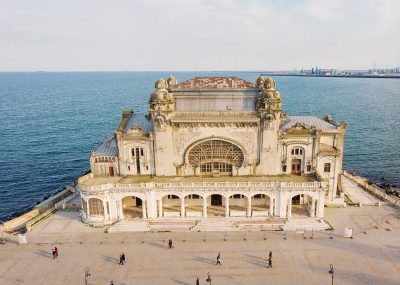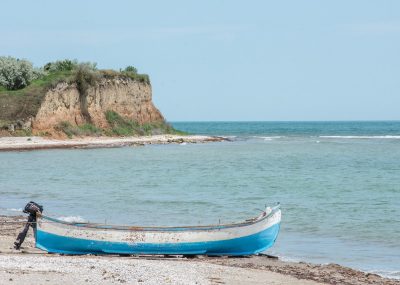Dobrogea is a region found in the South of Romania, whose neighbors are: in North- Ukraine, in East- the Black Sea, in West- Bucharest and Galati (Galatz), and in South- Bulgaria. The region stands as an example in the multiculturalism domain, as here live, together with Romanians, numerous ethnic groups: Turks, Tatars, Lipovans, Greeks, Bulgarians, Ukrainians, Aromanians.
Dobrogea is the most varied Romanian region from the perspective of landforms. The characteristic complexity of the region is highlighted by the presence of the coastal region, delta, caves, plains, plateaus, hills, and mountains. The Dobrogea Mountains are the ”oldest” from the Romanian territory.
As such, one of the most appreciated aspects of this region is portrayed by the variety of landforms, true treasures for the locals.
Constanta is the oldest city in our country, an aspect which is clearly proved by the existence of the buildings, monuments, and museums from this area. Constanta County encompasses numerous resorts that make up the Romanian seaside. Some of these are Costinești, Eforie Nord, Mamaia, Vama Veche.

Tulcea is a small town particularly frequented because it serves as the gateway to the Danube Delta.
Here, you can stroll through Ciuperca Park, explore the region’s cultural diversity by visiting the Museum of Ethnography and Popular Art, or admire Casa Avramide and the Synagogue.

Mangalia is a balneal resort known for the fact that the tourists can enjoy the seawater, mineral springs, and the mud from Techirghiol lake in the same place.
